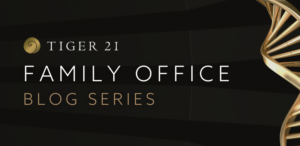Geopolitics
March 22, 2024
Singapore and Dubai: Global Magnets | TIGER 21 Founder Insights in Henley & Partners USA Wealth Report
In celebrating its 25th anniversary, TIGER 21 launched its Singapore Group, its first in the Asia Pacific region, marking another significant milestone. In follow-up to Founder and Chairman Michael W. Sonnenfeldt attending the Group Meeting, he offered insights into why Singapore and Dubai have become global magnets for the world’s wealthy in his recent article published in Henley & Partners’ 2024 USA Wealth Report. Michael shares Singapore’s appeal in its ability to address concerns commonly shared among the ultra-wealthy, such as legacy, health, and asset preservation, while coming from dive...











